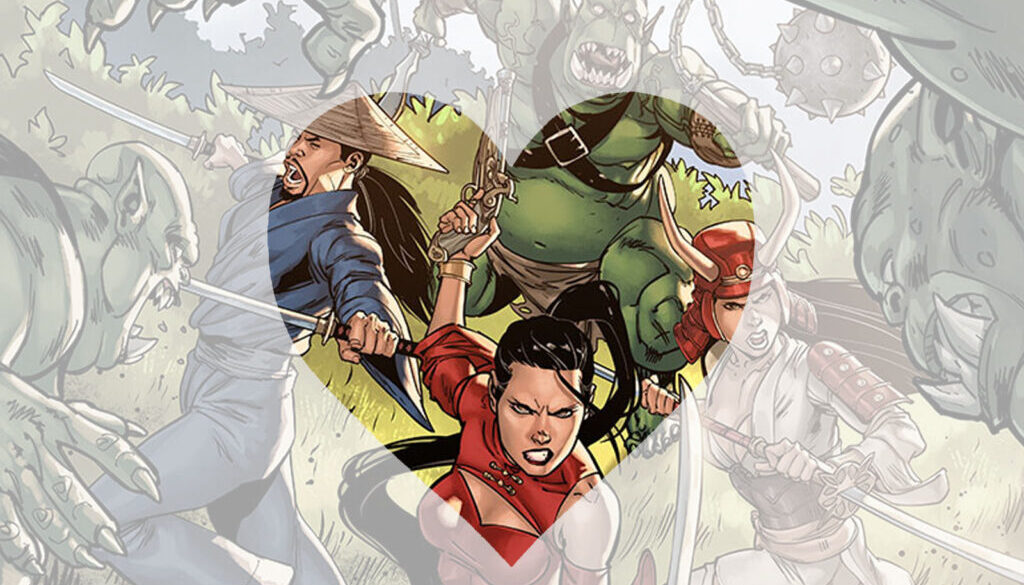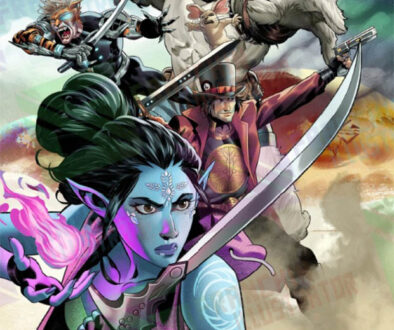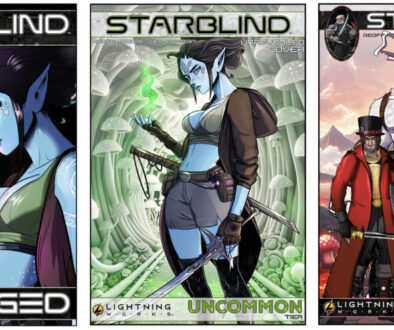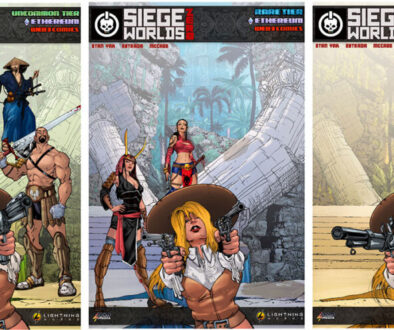NFTs as a cultural phenomenon have grown by leaps and bounds over the past year while being pilloried in other quarters as a worthless fad selling overpriced monkey JPEGs. Still, it’s a market that’s now worth billions of dollars, hitting $41 billion in 2021. As the market grows, NFTs are finding broader and less gimmicky use-cases besides NFT art.
However, if there is a niche that truly justifies the NFT use-case, it has to be the comics, which are still widely popular in much of the world, but until now, haven’t been “collectible” in digital form.
For the past century, the vintage comic book has been the biggest medium for character creation in popular culture. Your Boomer grandparents probably read them into the 60s and 70s and grew to love Batman, Asterix, Aquaman, Spiderman and Superman. Your parents probably encountered superheroes in after-school television, videogames and movies. The comic book, in its legacy format, lives on into the metaverse age in countries such as Japan where it’s almost a national pastime in the country’s bullet train commutes.
As the internet age ushers in Web3, the “Decentralized Web” and technologies such as blockchain and NFTs take center stage, comic book creators find themselves on the precipice of a new creation platform and revolutionary technology for minting new stories, characters and intellectual property (IP). Chances are that the superheroes of the 21st century may be created as NFTs before they hit paper comic books, if they hit brick-and-mortar stores at all.
Non-fungible tokens (NFTs) are most likely to benefit independent comics creators who may not have the resources and renown to publish and push comic books to the mass market, because they’re easy to produce on a small scale. One of the first to recognize this was Joe Frazier, Founder of Crypto Comics. According to Joe, “We built CryptoComics.com to help bring the work of smaller, independent writers and artists to the world, by giving them a global stage and a way to profit from it using NFT technology.”
Until NFTs, digital comic books had also been plagued by challenges like piracy which denied creators tons of royalties while denying comics lovers the exclusivity of owning authentic comic merchandise. With the piracy and accompanying widespread availability, digital comics didn’t have exclusivity and collectibility.
NFTs, by registering individual comics on a blockchain, help to solve these challenges, and making them collectible. However, there’s more to the problem. Kids these days have so many options that are animated, interactive, or in other ways more immersive, and so many in the industry are worried that the next generation of comic collectors will never happen. Old-style comics simply don’t provide the interactivity that our hyperactive minds now demand.
LightningWorks comics solve that problem by using HTML5, rather than JPEGs so that ours are interactive and animated. For the most part, anything that can be done on a website can be done in one of our comics, and we think this will make them more appealing, collectible, and valuable.
By adding more opportunities for immersion to our comics, the same passion for the IP and the “Emotional highs” that drove comic book lovers of the bygone era to stock up on comic books in the past will drive a new generation of fans to collect and treasure their NFT-based digital comics.



